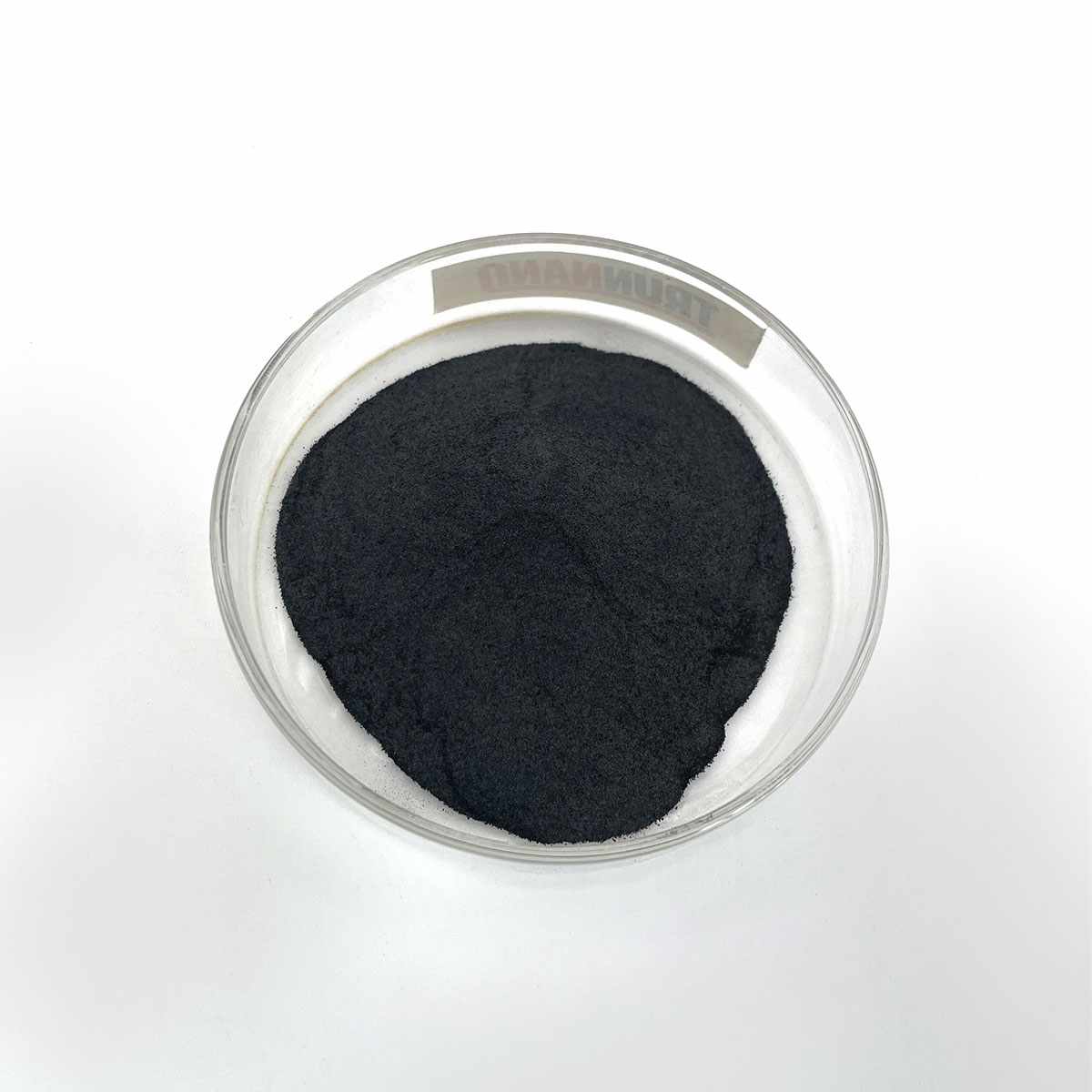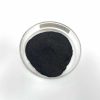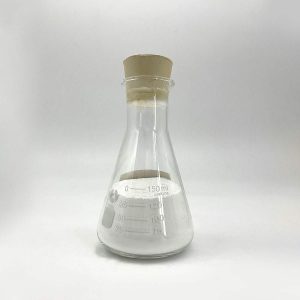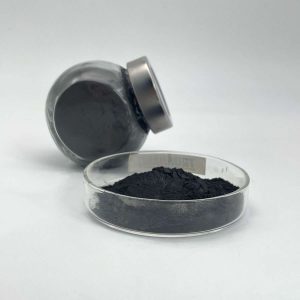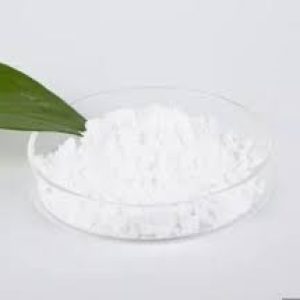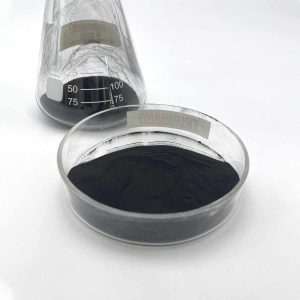Overview of Didecyl Dimethyl Ammonium Chloride Ddac Quaternary Ammonium Salt in Surfactant Antistatic Agent
Cationic surfactants are a class of surface-active agents that contain a positively charged head group or cation when dissolved in aqueous solutions. They are characterized by their unique ability to interact with negatively charged surfaces, making them versatile compounds with applications across industries including personal care, household cleaning, textiles, agriculture, and pharmaceuticals. Their positive charge allows for specific interactions with anionic (negatively charged) molecules, which governs their functionality in various formulations.
Features of Didecyl Dimethyl Ammonium Chloride Ddac Quaternary Ammonium Salt in Surfactant Antistatic Agent
-
Positive Charge: The hydrophilic (water-loving) head of a cationic surfactant carries a positive charge, typically derived from ammonium, pyridinium, or quaternary ammonium groups.
-
Strong Binding: Due to their positive charge, they bind strongly to negatively charged surfaces, like those found on skin, hair, or certain bacteria and viruses.
-
Emulsifying & Foaming Properties: Many cationic surfactants are effective emulsifiers, stabilizing oil and water mixtures, and can produce stable foams.
-
Conditioning & Softening: In personal care products, they improve the feel of hair and skin by depositing a conditioning film, enhancing manageability and softness.
-
Antimicrobial Activity: Some cationic surfactants exhibit bactericidal or virucidal properties, making them useful in disinfectants and sanitizers.
-
Compatibility: They can be formulated with other types of surfactants to enhance performance or modify product properties.
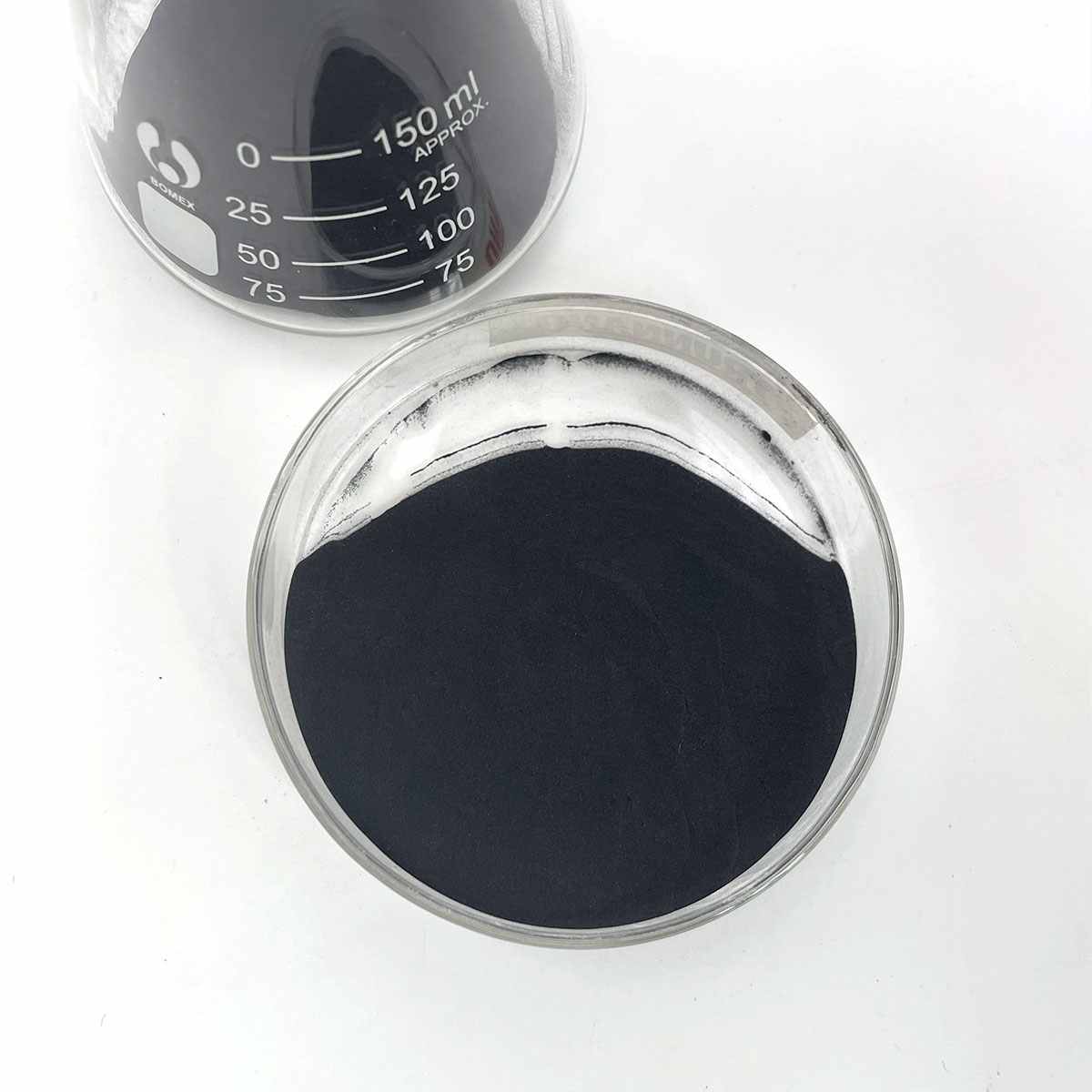
(Didecyl Dimethyl Ammonium Chloride Ddac Quaternary Ammonium Salt in Surfactant Antistatic Agent)
Specification of Didecyl Dimethyl Ammonium Chloride Ddac Quaternary Ammonium Salt in Surfactant Antistatic Agent
Didecyl Dimethyl Ammonium Chloride (DDAC) is an effective quaternary ammonium salt. It functions well as a surfactant and antistatic representative. This chemical is understood for being extremely effective. Its structure includes 2 lengthy carbon chains. These chains help it minimize surface stress effectively.
DDAC functions as a cationic surfactant. This means it lugs a favorable charge. The favorable cost brings in dirt, grease, and oils. It helps lift these compounds off surfaces. This makes DDAC superb for cleansing. It operates in numerous commercial cleaners. It is strong against hard crud.
DDAC likewise regulates fixed electricity effectively. Fixed fee develops on many surfaces. Plastics and artificial fibers frequently establish static. DDAC molecules layer these surfaces. The positive cost counteracts static electrical energy. This avoids dirt destination and stimulates. It makes taking care of products much safer and cleaner.
This chemical is secure in various conditions. It functions across a variety of pH degrees. It mixes well with water. This makes it easy to utilize in formulas. DDAC is compatible with several various other components. Formulators such as this versatility. They utilize it in numerous products.
DDAC provides solid antimicrobial activity also. This is a valuable extra advantage. It assists keep items cleaner for longer. It battles germs and fungi properly. This adds defense beyond simply cleaning up or static control.
You discover DDAC in lots of practical applications. It is common in tough surface anti-bacterials and cleansers. It is used in washing sanitizers and textile softeners. Industrial cleansers for floors and tools commonly include it. Plastic suppliers use it as an antistat. It avoids static during production and product packaging. Textile therapies use DDAC to reduce static stick. It helps keep clothing looking cool.
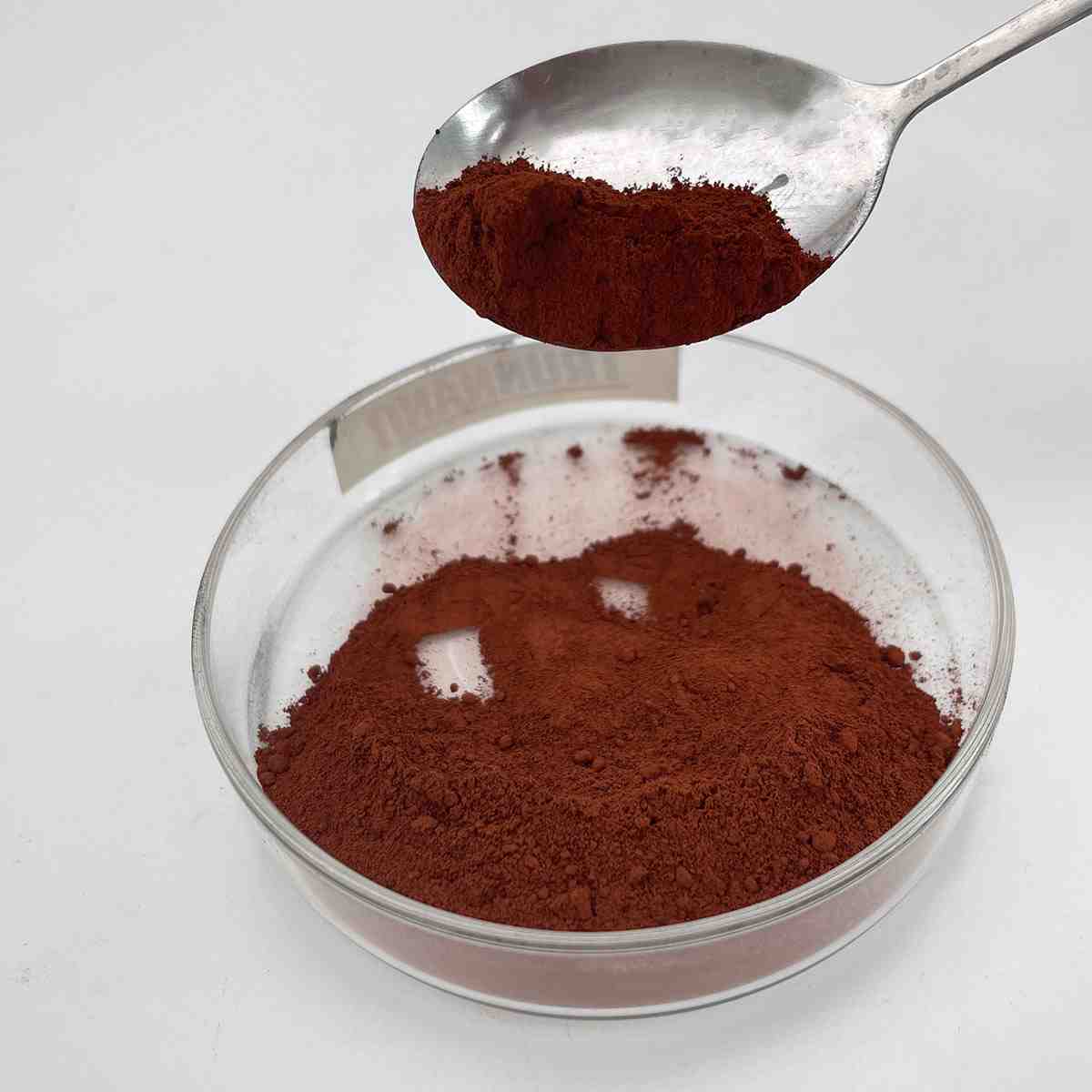
(Didecyl Dimethyl Ammonium Chloride Ddac Quaternary Ammonium Salt in Surfactant Antistatic Agent)
Applications of Didecyl Dimethyl Ammonium Chloride Ddac Quaternary Ammonium Salt in Surfactant Antistatic Agent
Didecyl Dimethyl Ammonium Chloride (DDAC) is an effective quaternary ammonium salt. It works well in surfactant antistatic representatives. This dual feature is extremely beneficial across various sectors. DDAC lugs a strong positive charge. This charge is essential to its efficiency.
Fixed electricity creates big issues. It attracts dust, sparks fires, damages sensitive electronics. DDAC tackles this directly. Applied as a surfactant antistatic agent, DDAC molecules coat surface areas. The positive DDAC ions draw in unfavorable fixed charges. This reduces the effects of the fixed build-up. Surfaces stay cleaner and safer.
Its surfactant nature is necessary as well. Surfactants lower surface area tension. This allows the antistatic representative spread conveniently and evenly. DDAC ensures the therapy covers materials totally. It sticks well to surfaces. This supplies long lasting static protection. The representative doesn’t clean off or deteriorate quickly.
DDAC supplies an extra advantage. It fights germs. Its favorable fee interferes with bacterial and fungal cell walls. This makes DDAC-based antistatic agents helpful for locations needing tidiness. Think health centers, laboratories, food processing plants. One item handles fixed and germs.
You locate DDAC antistatic agents in several plastic products. Electronic devices product packaging, computer system housings, automotive components typically need them. Static damages components during assembly. DDAC stops that. Textiles use it also. Artificial fibers produce static stick. DDAC treatments make materials softer, lower stick. Industrial settings utilize it on conveyor belts, film, sheets. It stops dust destination and hazardous stimulates.
Company Profile
SurfactantChina is a trusted global chemical material supplier & manufacturer with over 12-year-experience in providing super high-quality surfactant and relative products.
The company has a professional technical department and Quality Supervision Department, a well-equipped laboratory, and equipped with advanced testing equipment and after-sales customer service center.
If you are looking for high-quality surfactant and relative products, please feel free to contact us or click on the needed products to send an inquiry.
Payment Methods
L/C, T/T, Western Union, Paypal, Credit Card etc.
Shipment
It could be shipped by sea, by air, or by reveal ASAP as soon as repayment receipt.
5 FAQs of Didecyl Dimethyl Ammonium Chloride Ddac Quaternary Ammonium Salt in Surfactant Antistatic Agent
Here are 5 common questions about Didecyl Dimethyl Ammonium Chloride (DDAC) used in surfactant antistatic agents:
What exactly does DDAC do in antistatic agents?
DDAC stops static electricity buildup. It makes surfaces less likely to hold a static charge. This prevents dust attraction and sparks. It works well on plastics and fabrics.
Why pick DDAC over other antistatic chemicals?
DDAC offers strong, lasting antistatic performance. It works effectively at low concentrations. DDAC is also compatible with many materials. It’s stable under different conditions.
Is DDAC safe to use?
DDAC is widely approved for various applications. Handle it according to safety guidelines. Use protective equipment when concentrated. Diluted solutions in final products are generally safe.
Does DDAC work with other chemicals in a formula?
DDAC usually mixes well with other surfactants. Test compatibility with all ingredients first. Certain strong acids or oxidizers might cause issues. Always check the specific formulation.
How much DDAC is needed for good antistatic results?
The right amount depends on the material and application. Very low concentrations often work effectively. Start with small amounts. Increase only if necessary for performance. Higher amounts don’t always mean better results.
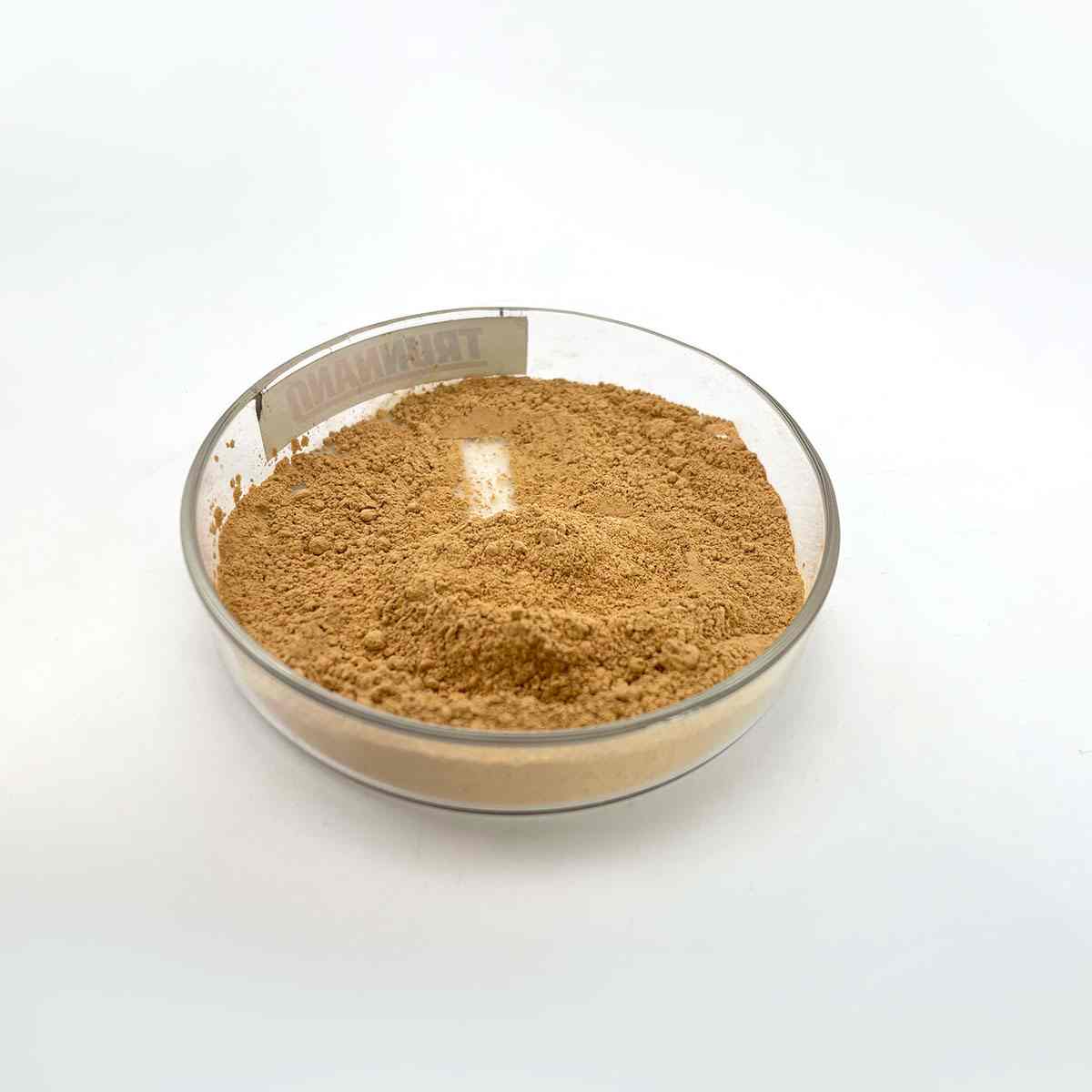
(Didecyl Dimethyl Ammonium Chloride Ddac Quaternary Ammonium Salt in Surfactant Antistatic Agent)

